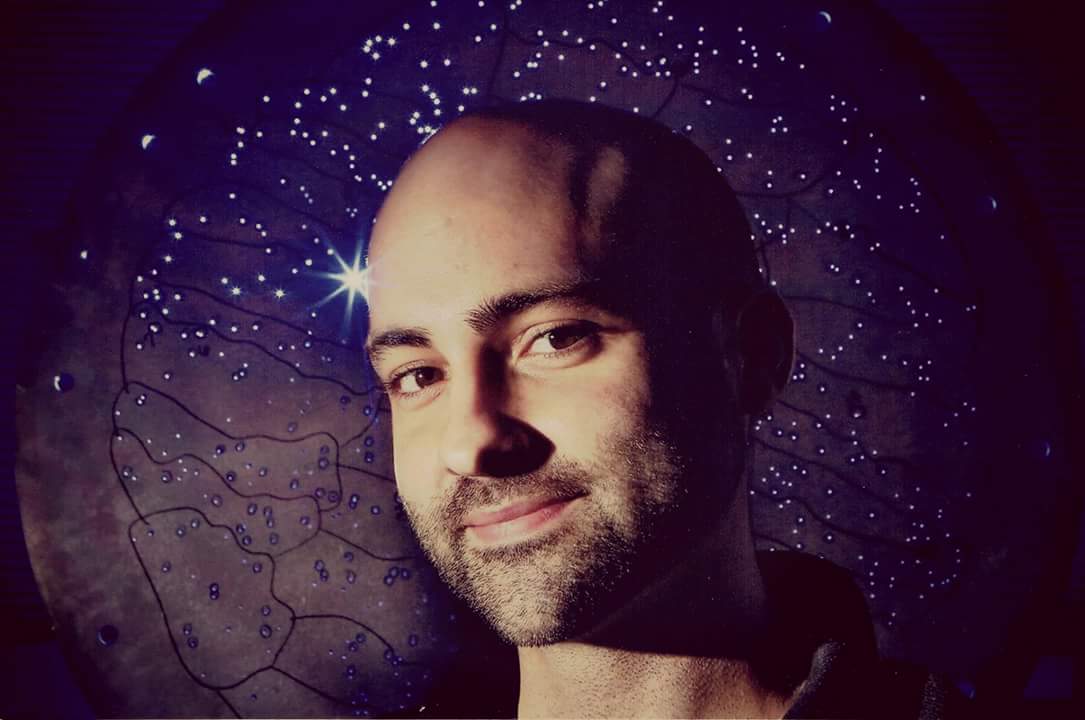'We Don't Planet' Episode 5: The Hertzsprung-Russell Diagram
If you sampled the hundreds of billions of stars in any galaxy and plotted their luminosity (their brightness measured from a fixed distance — so, in other words, their "true" brightness) and their color, you might expect the points to be essentially scattered around randomly.
But the work of Ejnar Hertzsprung and Henry Russell around 1910 revealed something much more surprising: almost all stars landed within a thin diagonal band stretching from bright-and-blue to dim-and-red, with an odd clump of dim-and-blue and an almost horizontal branch of bright-and-red.
After decades of research, we now realize that the features on the Hertzsprung-Russell diagram reveal the evolutionary path of stars as they are born, age, and die.
The thin diagonal band is now known as the Main Sequence, and all stars fusing hydrogen in their cores lay along it. When stars first ignite with fusion, they land somewhere along that sequence, depending on their initial mass. As they age, stars slowly become brighter and blue, creeping up and left on the diagram.
After exhausting their supply of available hydrogen at the ends of their lives, stars leave the Main Sequence, inflating to become red giants — this is the horizontal branch.
Finally, after millions of years of paroxysms and chaotic outflows ending in the formation of a planetary nebula, only the unburnt core of carbon and oxygen survives — the white dwarfs, situated in the dim-and-blue corner of the diagram.
Thus the Hertzsprung-Russell diagram is a complete life history of a star: Once we know the current age of a star and its location on the diagram, we can accurately predict its fate over the course of billions of years.
Get the Space.com Newsletter
Breaking space news, the latest updates on rocket launches, skywatching events and more!
"We Don't Planet" is hosted by Ohio State University astrophysicist and COSI chief scientist Paul Sutterwith undergraduate student Anna Voelker. Produced by Doug Dangler, ASC Technology Services. Supported by The Ohio State University Department of Astronomy and Center for Cosmology and AstroParticle Physics. You can follow Paul on Twitter and Facebook.
Join our Space Forums to keep talking space on the latest missions, night sky and more! And if you have a news tip, correction or comment, let us know at: community@space.com.

Paul M. Sutter is a cosmologist at Johns Hopkins University, host of Ask a Spaceman, and author of How to Die in Space.
